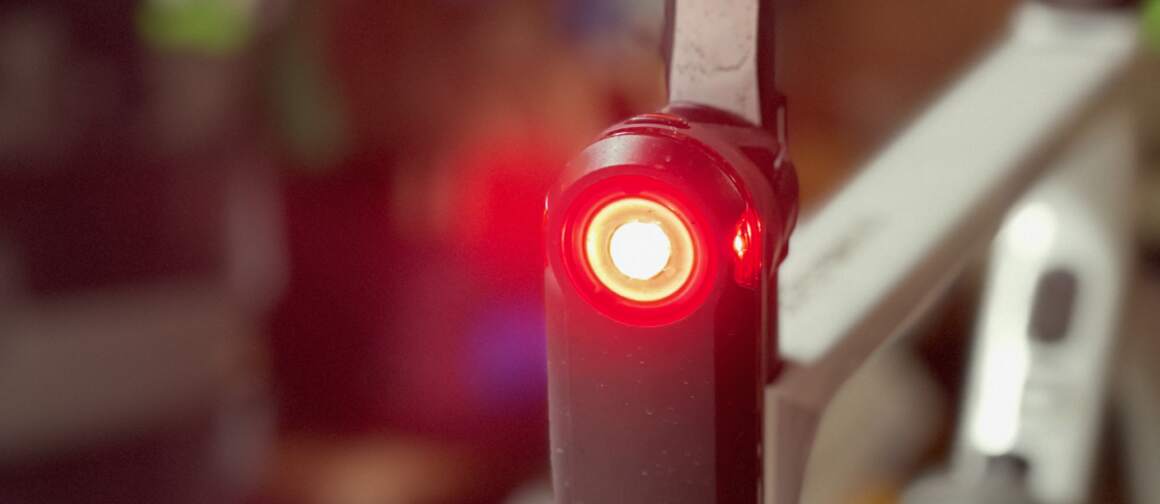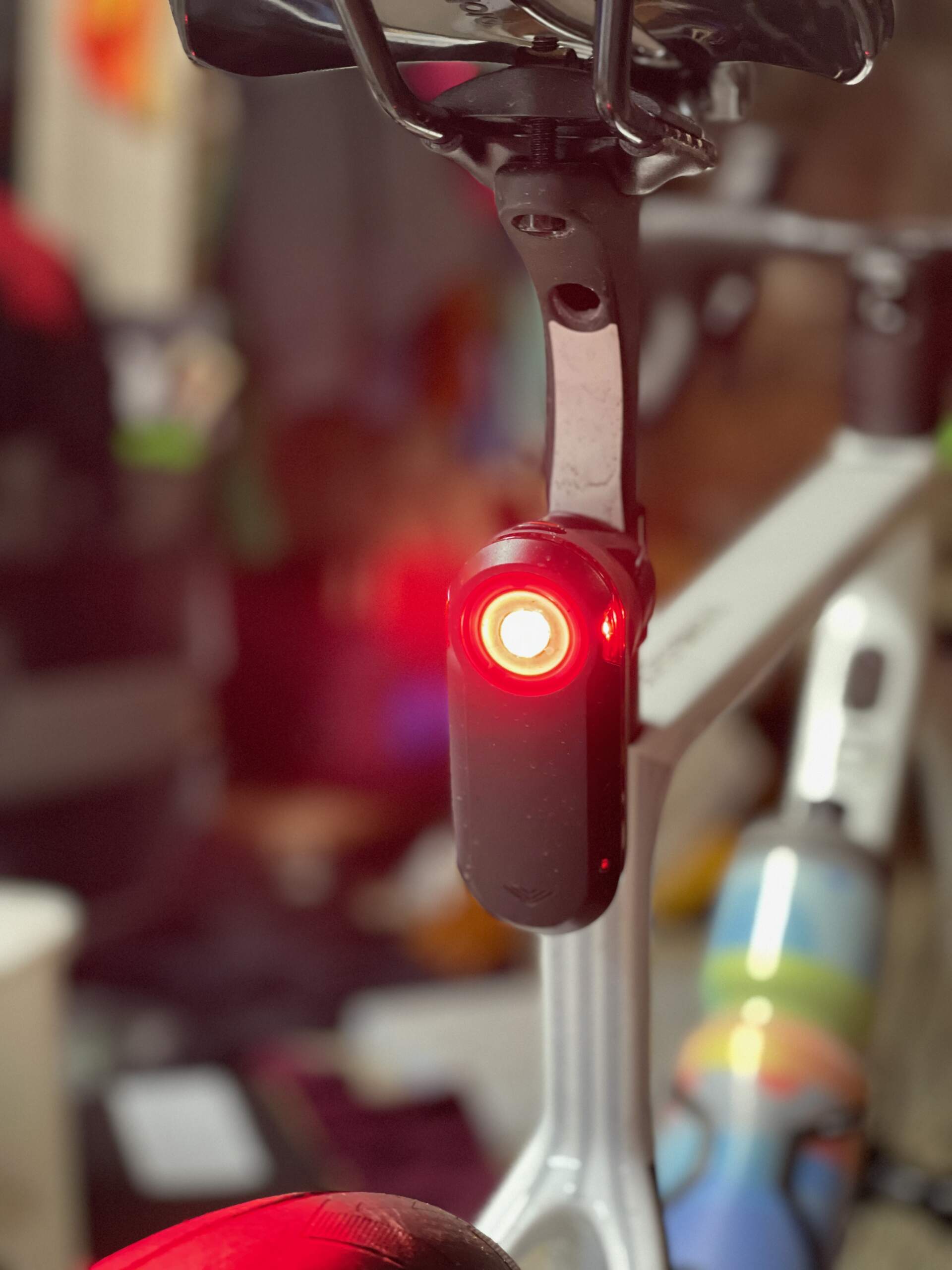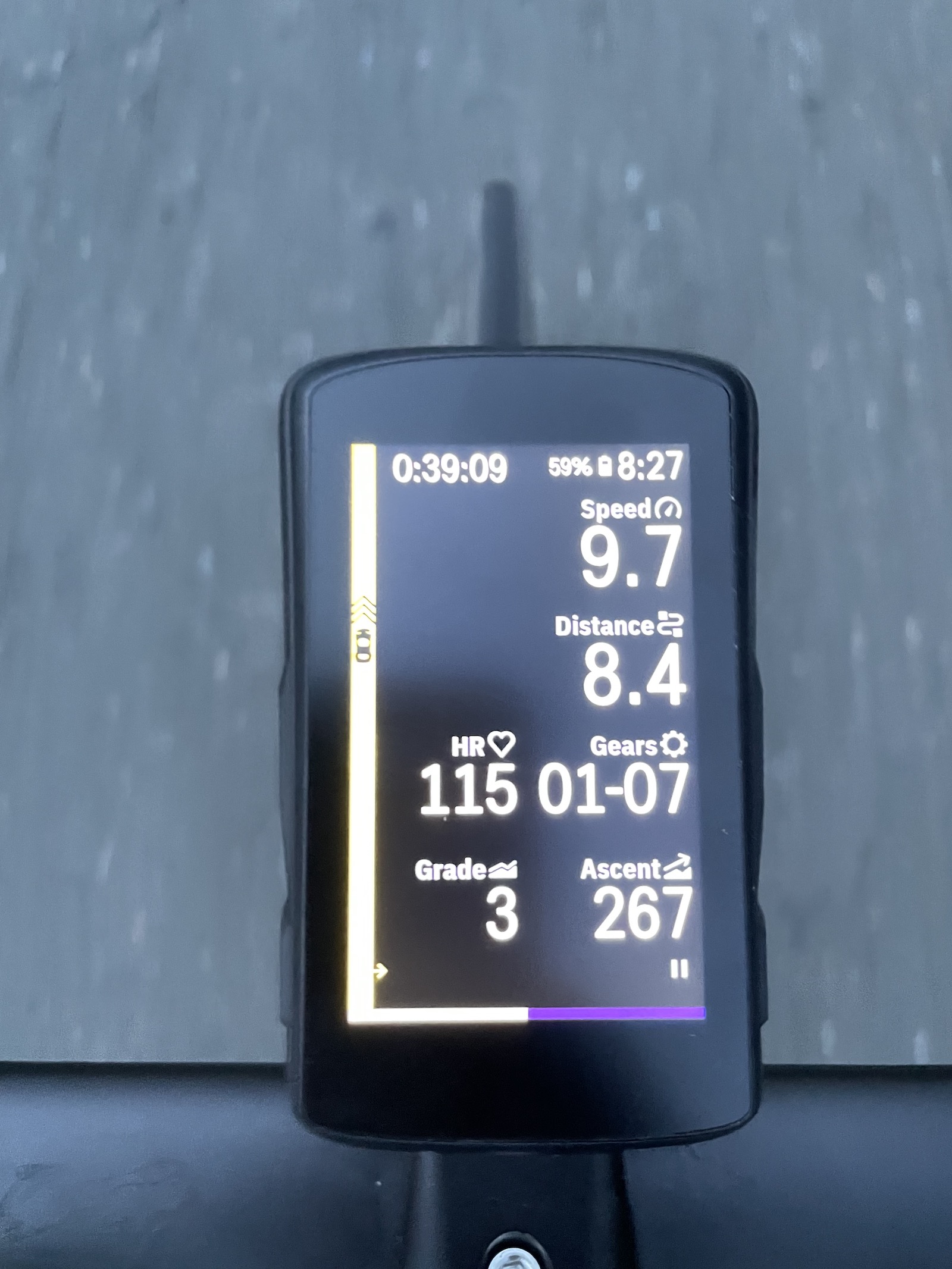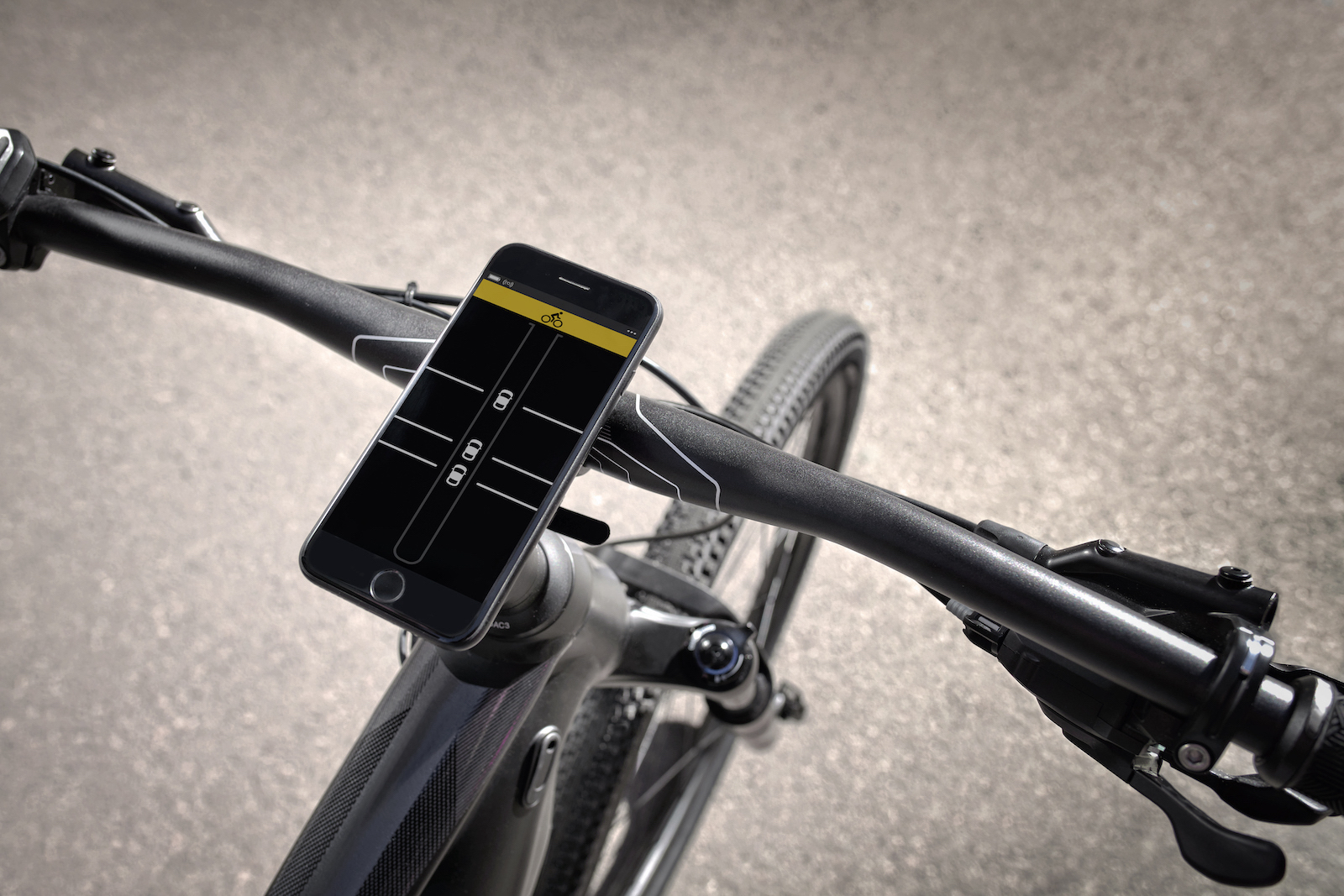
Garmin Varia Bike Radar: If you think you don’t need this combo taillight and car-sensing radar, you might be dead wrong.

Technology can make life immeasurably better, or at least that’s its selling point. Make your bicycle’s drive train electronic and say goodbye to stretched cables and adjustments. Use an app like Strava and help radically enhance your performance through metrics and competition. Screw on some pedals with power meters built-in and train better and ride faster.

Some technology though lacks the sexy selling point that makes it fly off the shelf. My local bike store can barely keep Garmin bike computers and power-meter pedals in stock, but the Garmin Varia bike radar sits forlornly on the shelf, waiting for someone to come and drop $200 on a device that…makes you a bit safer? It’s a hard sell.
That’s a shame, because today’s Garmin Varia bike radar, especially the RTL515 (under $200 at Amazon or a shop near you) model that combines a bike light and a radar into a single unit, is possibly the most important piece of technology you could strap to your bike. Or to be more accurate, if it does its job of keeping you from straying into the path of a car you didn’t hear approaching from behind, its value goes from novelty to life-saving in an instant.
Garmin Varia Bike Radar: A Better Varia
I first tried out the Garmin Varia around 2015 when it consisted of a rear taillight with anemic LED dots that weren’t particularly visible from a distance. You can still see a video of this iteration on the DC Rainmaker YouTube channel.
The original Varia, as with the current model, was paired with a stand-alone computer that was only good for seeing the data from the Varia, or with many Garmin head units.
These days the Varia connects several third-party bike computers—I used mine with both a Garmin Edge 830 and a Hammerhead Karoo 2, both of which display traffic data on the side of the computer screen. As a car (or multiple cars, since the Varia can detect more than one vehicle) approaches the left side of a compatible bike computer displays a thin line running vertically up the edge, with either a dot or an icon of a car to indicate the vehicle. Speed and distance are shown through the movement of the icon toward the top of the screen. When the icon’s at the top of the display, the vehicle is beside you.

The Varia also works with a smartphone app for those that use an iPhone or Android phone as your bike computer, though I didn’t test that setup. The graphics look to be a larger version of the stand-alone radar computer unit, though, for those who want to know when cars are coming but don’t want to take their eyes off the road, the app can provide vibration and tones even if your phone is in a pocket.

It takes a few rides to be able to interpret the length of the vertical line and the distance to the vehicle because none of the displays shows the distance in feet or meters. The first few times you see the Varia radar data displayed most people look over their shoulder to check out the car, and that calibrates your sense of distance.
Early Version Problem Solved
The problem with the 2015 version of the Varia has been practically eliminated with the current model, and that is the “false negative.” When using the earlier version I’d find that any time a car was reported, there was a car behind me. More worrisome though was that the unit would report no cars behind me when occasionally there were indeed cars there. This ended up making my original Varia useless enough for me to stop using it. If I had to look over my shoulder constantly to see if there was a car behind me that my radar was missing, then why bother using a radar. I’d often find myself lulled into a false sense of security where I assumed no cars approaching but as I went to take a lane for a turn I’d find a car alarmingly close.
The new Varia RTL515 doesn’t do this, or more accurately it doesn’t do it nearly as much. By its nature, radar detectors work by sending out waves of energy and then measuring if and how fast those waves return to the unit. Many things can defeat radar, like dips in the road (where radar might go right over the top of a car) or items that block the returning radar (leaves, trees, etc) or, I’m sure, other common road factors.
That said, the current Varia is surprisingly more accurate than the older version. On rides on busy suburban and urban streets, the Varia picked up on single cars and lines of cars (though sometimes it displayed three or more cars simply as two icons on the display.
The Light
The light on the Varia is bright enough to be seen both in the day and at night, and in the day mode provides up to 16 hours of battery life. There’s even a “peloton mode” that reduces brightness if you’re riding in a pack of riders so that people behind you aren’t blinded by the mile-visibility brightness of the standard mode.
The Varia also connects to a seat post via the standard quarter-turn Garmin mount, which I happen to have several of for some reason (they accumulate like socks, though the little adapter pieces to make them fit different size bars seem to vanish, also like socks.)
While not strictly not a companion accessory, I also recommend Garmin’s headlight, the UT800. It is highly visible, adapts to different lighting conditions when paired with select Garmin computers (models that can sense ambient light) because if you’re going to go all-in on visibility and safety, you might as well go all in.
For $200 the Varia is a very very expensive tail light. But for $200 the Varia is also a very inexpensive clairvoyant and is one of the cheapest ways you can possibly save your life while on a bike ride.
…We're riding townies, adventure, and mountain bikes. Find recommendations on our store page. As Amazon Associates we earn from qualifying purchases.